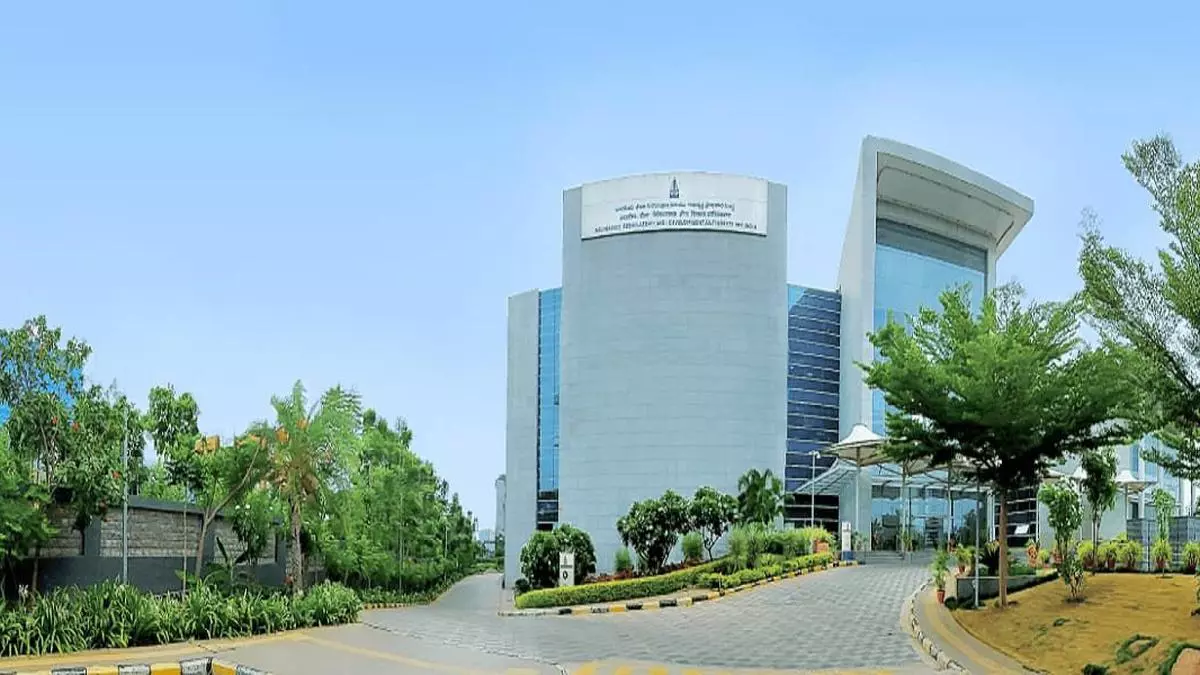IRDAI marks 25th anniversary with slew of regulatory reforms
As the Insurance Regulatory and Development Authority of India (IRDAI) enters the Silver Jubilee year on Friday, the regulator is busy creating a smooth ground for a slew of regulatory reforms announced in March that come into effect from the current financial year. This is even as the industry players are also buckling up to play their part.
Following the recommendations of the Malhotra Committee report, the Insurance Regulatory and Development Authority (IRDA) was constituted in 1999 as an autonomous body to regulate and develop the insurance industry. It was incorporated as a statutory body on April 19, 2000.
Later, renamed IRDAI, the regulator opened the IRDA, which opened the market in August 2000 with the invitation for application for registrations. Foreign companies were allowed ownership of up to 26 per cent. The Authority has the power to frame regulations under Section 114A of the Insurance Act, 1938 and has, from 2000 onwards, framed various regulations ranging from registration of companies for carrying on insurance business to protection of policyholders’ interests.
In the last 24 years, IRDAI steered the insurance industry on the growth path in the post-reforms era, with life and non-life insurance registering a premium income of ₹7.83 lakh crore and ₹2.57 lakh crore in 2022-23. In 2024, it is expected to clock 13 to 16 percent growth in these two segments, while the final figures are yet to be released.
Pivotal role
According to Rakesh Jain, CEO of Reliance General Insurance, over the past two decades, IRDAI has played a pivotal role in fostering innovation, safeguarding consumer interests, and propelling industry advancement.
“It has revolutionised the sector by actively engaging with policyholders and prioritising their well-being with its unwavering commitment to excellence and regulatory standards. Together, we continue to navigate challenges, embrace opportunities, and strive towards our vision of ‘Insurance for all by 2047,’‘ he told BusinessLine.
“As IRDAI enters its silver jubilee year, it is phenomenal to see the impact they have created in the last 24 years. IRDAI has been a cornerstone in the evolution of the insurance sector, consistently driving improvements while safeguarding the interests of our citizens,’‘ Tapan Singhel, MD & CEO of Bajaj Allianz General Insurance, said.
Through its strategic initiatives, IRDAI has not only increased awareness about the significance of insurance as a crucial risk management tool but has also nurtured an environment of innovation within the industry, according to him.
“The recent endeavours such as the pioneering Bima Sugam initiative, underscore their commitment to leveraging digitalization to enhance insurance accessibility. Moreover, their emphasis on the social and rural responsibilities of insurers reflects a holistic approach to reaching every strata of society,’‘ he added.
Regulatory revamp
The present chairman of IRDAI, Debasish Panda, has taken the reform agenda to new peaks. He spearheaded a major regulatory revamp since its inception encompassing pivotal domains such as safeguarding of policyholders’ interests, rural and social sector responsibilities, electronic insurance marketplace, insurance products and operation of foreign reinsurance branches, as well as aspects of registration, actuarial, finance, investment and corporate governance.
The silver jubilee year marks a significant milestone in regulatory governance, as regulator replaced 34 regulations with six regulations. The introduction of 2 new regulations enhances clarity and coherence in the regulatory landscape. The IRDAI is busy working on master circulars on some of the reforms following their recent Gazette notification.
Sanjeev Mantri, MD & CEO of ICICI Lombard, said IRDAI’s inclusive approach has facilitated ease of doing business while prioritising policyholders’ interests.
“The regulator’s initiatives have not only led to development of consumer-centric insurance products but also enhanced the access by freeing up the distribution model,’‘ he added.
